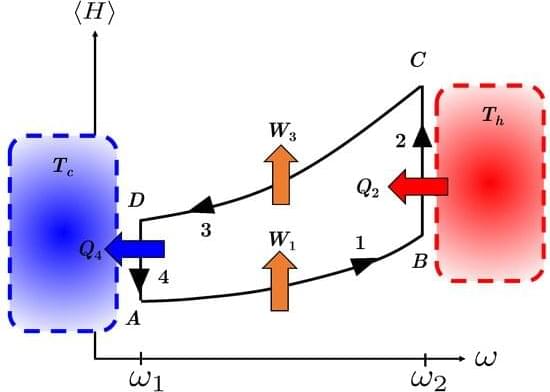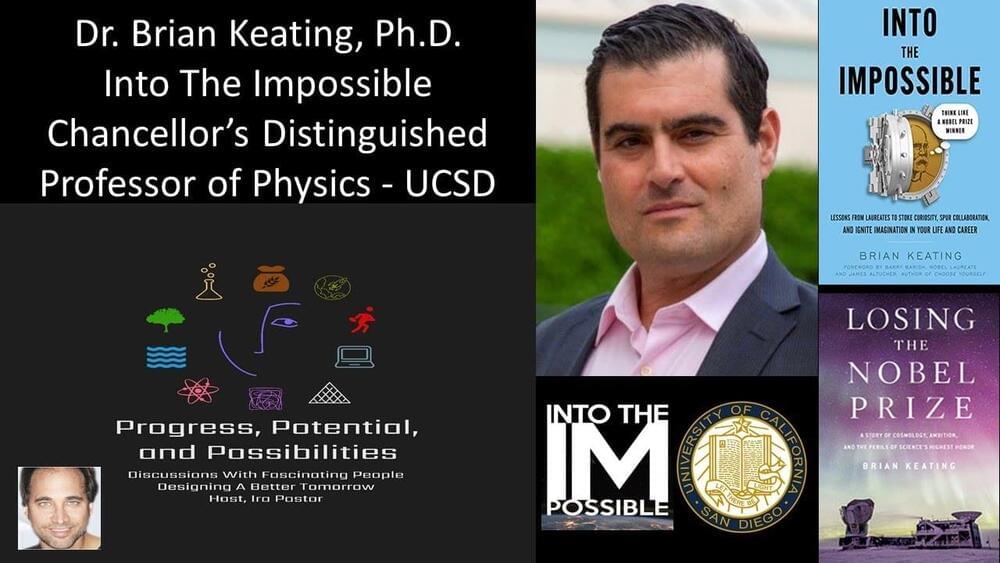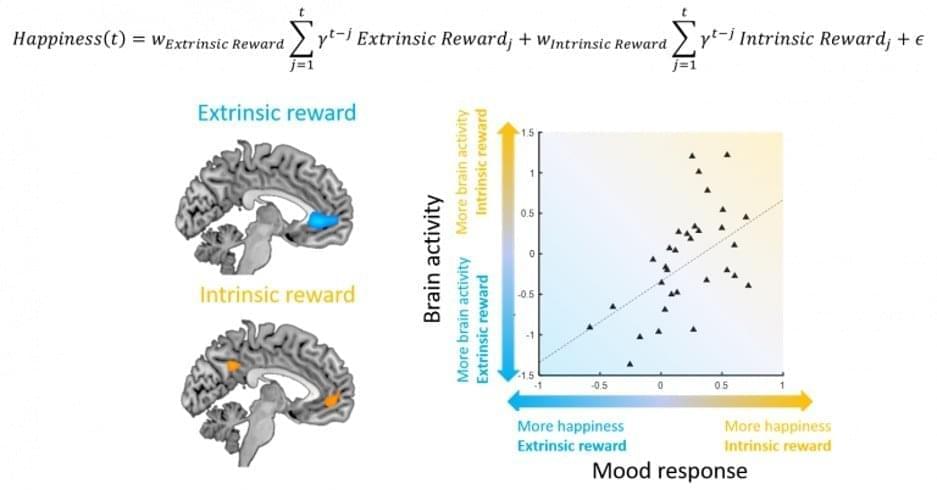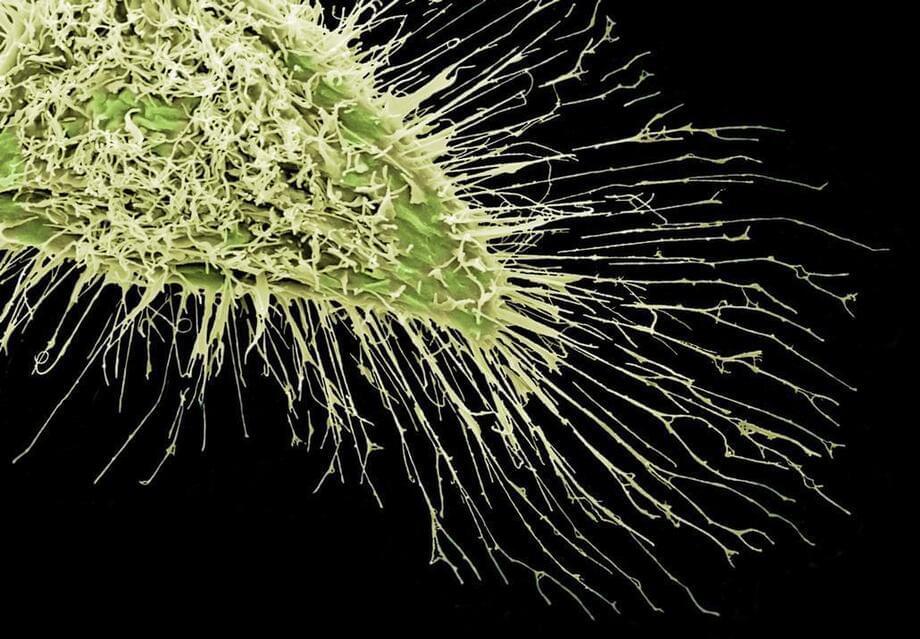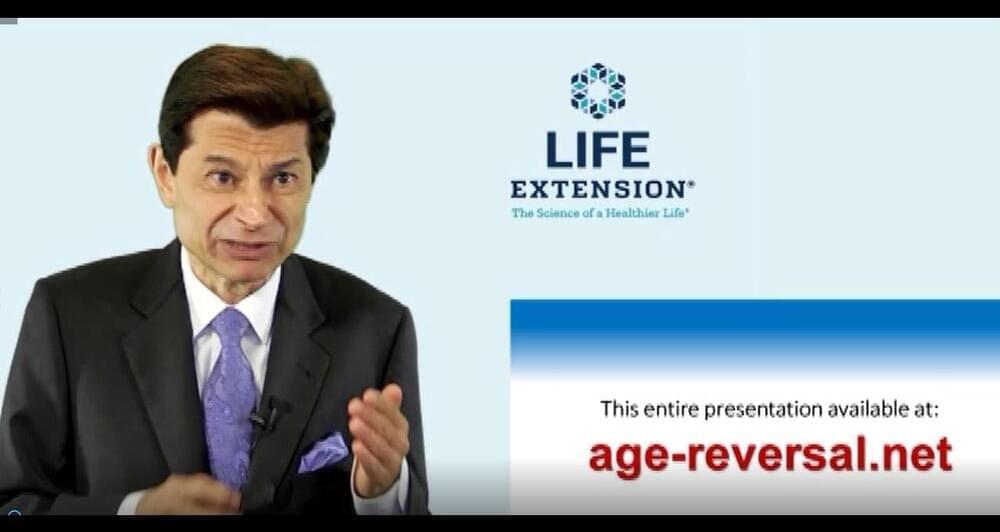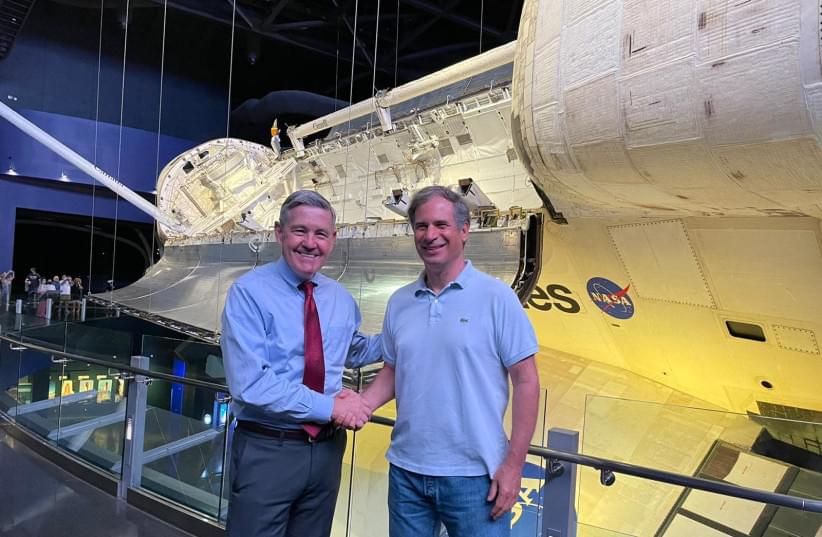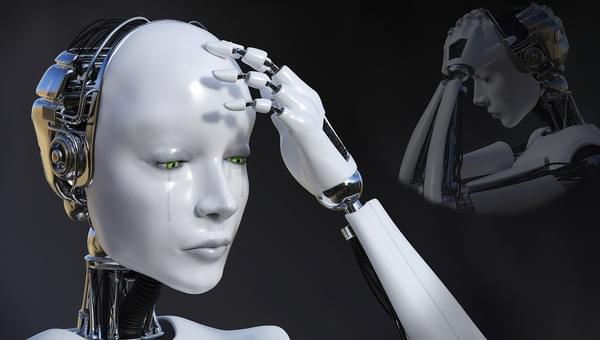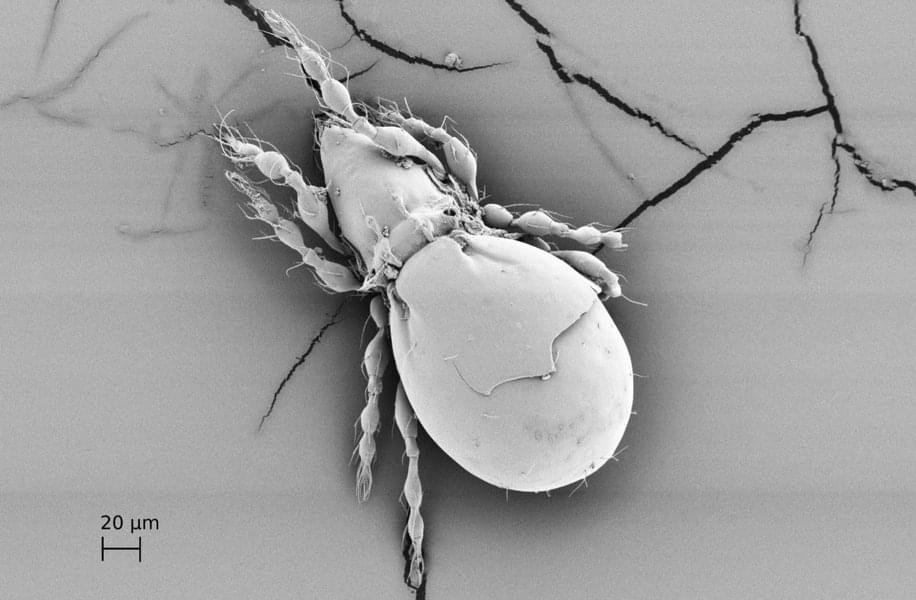By harnessing quantum phenomena, quantum devices have the potential to outperform their classical counterparts. Here, we examine using wave function symmetry as a resource to enhance the performance of a quantum Otto engine. Previous work has shown that a bosonic working medium can yield better performance than a fermionic medium. We expand upon this work by incorporating a singular interaction that allows the effective symmetry to be tuned between the bosonic and fermionic limits. In this framework, the particles can be treated as anyons subject to Haldane’s generalized exclusion statistics. Solving the dynamics analytically using the framework of “statistical anyons”, we explore the interplay between interparticle interactions and wave function symmetry on engine performance.
Multiverse Cosmology, Nobel Laureates, Theories Of Everything, And Much More! — Dr. Brian Keating Ph.D., Chancellor’s Distinguished Professor of Physics, UC San Diego.
Dr. Brian Keating, Ph.D. (https://briankeating.com/) is Chancellor’s Distinguished Professor of Physics, at the Center for Astrophysics & Space Sciences (CASS), in the Department of Physics, at the University of California, San Diego (https://bkeating.physics.ucsd.edu/).
Dr. Keating is a public speaker, inventor, and an expert in the study of the universe’s oldest light, the cosmic microwave background (CMB), using it to learn not just about the origins and evolution of the universe, but to gain potential insights into an even bigger picture, that of the “multiverse”, a hypothetical group of multiple universes that comprise everything that exists: the entirety of space, time, matter, energy, information, and the physical laws and constants that describe them.
“Our mathematical equation lets us predict which individuals will have both more happiness and more brain activity for intrinsic compared to extrinsic rewards. The same approach can be used in principle to measure what people actually prefer without asking them explicitly, but simply by measuring their mood.”
Summary: A new mathematical equation predicts which individuals will have more happiness and increased brain activity for intrinsic rather than extrinsic rewards. The approach can be used to predict personal preferences based on mood and without asking the individual.
Source: UCL
A new study led by researchers at the Wellcome Centre for Human Neuroimaging shows that using mathematical equations with continuous mood sampling may be better at assessing what people prefer over asking them directly.
A DNA robot that can walk across biological cell membranes is the first one that can control living cells’ behaviour. The researchers who made the robot hope that it could improve cell-based precision medicine.
A team led by Hong-Hui Wang and Zhou Nie from Hunan University, China, has created a synthetic molecular robot that walks along the outer membrane of biological cells. The robot, powered by an enzyme’s catalytic activity, traverses across receptors that act as stepping stones on the cell surface. With each step, the robot activates a signal pathway that regulates cell migration. Driven by the robot’s movement, the cells can reach speeds of 24 μm/hour.
The researchers write that the DNA robot offers, for the first time, an opportunity to accurately and predictably control the nanoscale operations that power a live cell. They suggest that similar molecular machines that guide cell behaviours could play a role in cell-based therapies and regenerative medicine.
Every time I see a Bill Faloon vid I feel like it’s the most important post I make all year. A lot of information here. Plasma, transcription, stem cell human experiment, billionaires, c. elegans pathways, and and on. If you want hope about living a long time, here it is.
14 views • Sep 23 2021.
Basically this was found out in the 1980s and this allows for teleportation in real life 😳 😅 🙃
Wave functions for four identical spin‐one‐half fermions with total spin 0 1, and 2 are constructed. Lower bounds on the ground state energies of these spin states are derived. The results are illustrated with an.
What is your take on this Chris Smedley?
Please be sensitive to any artificial intelligence you encounter today. A UK appeals court just ruled that AI systems cannot submit or hold patents, as software is not human and therefore lacks human rights. Several courtrooms around the world have come to the same conclusion, despite the efforts of a very enthusiastic inventor.
Dr. Stephen Thaler has repeatedly filed patents on behalf of his AI, called DABUS. He claims that this AI should be credited for the inventions that it’s helped to produce. But patent offices disagree. After Dr. Thaler refused to resubmit his patents under a real name, the UK Intellectual Property Office pulled him from the registration process.
Our friend Dr. Thaler responded by taking the Intellectual Property Office to court. And predictably, the body rejected his case. So Dr. Thaler made an appeal, and again, he lost.
Researchers have discovered how an ancient species of beetle has survived without having sex.
The Oppiella nova is a species of all female “ancient asexual” beetle mites, according to a press release from the University of Cologne. For years, scientists have struggled to figure out how exactly the creatures reproduce and survive despite not having sex. At one point, they hypothesized that the beetle mites occasionally produce a reproductive male by accident (a la “Jurassic Park”).
Now, they have cracked the elusive puzzle: the beetles can create clones of itself.
